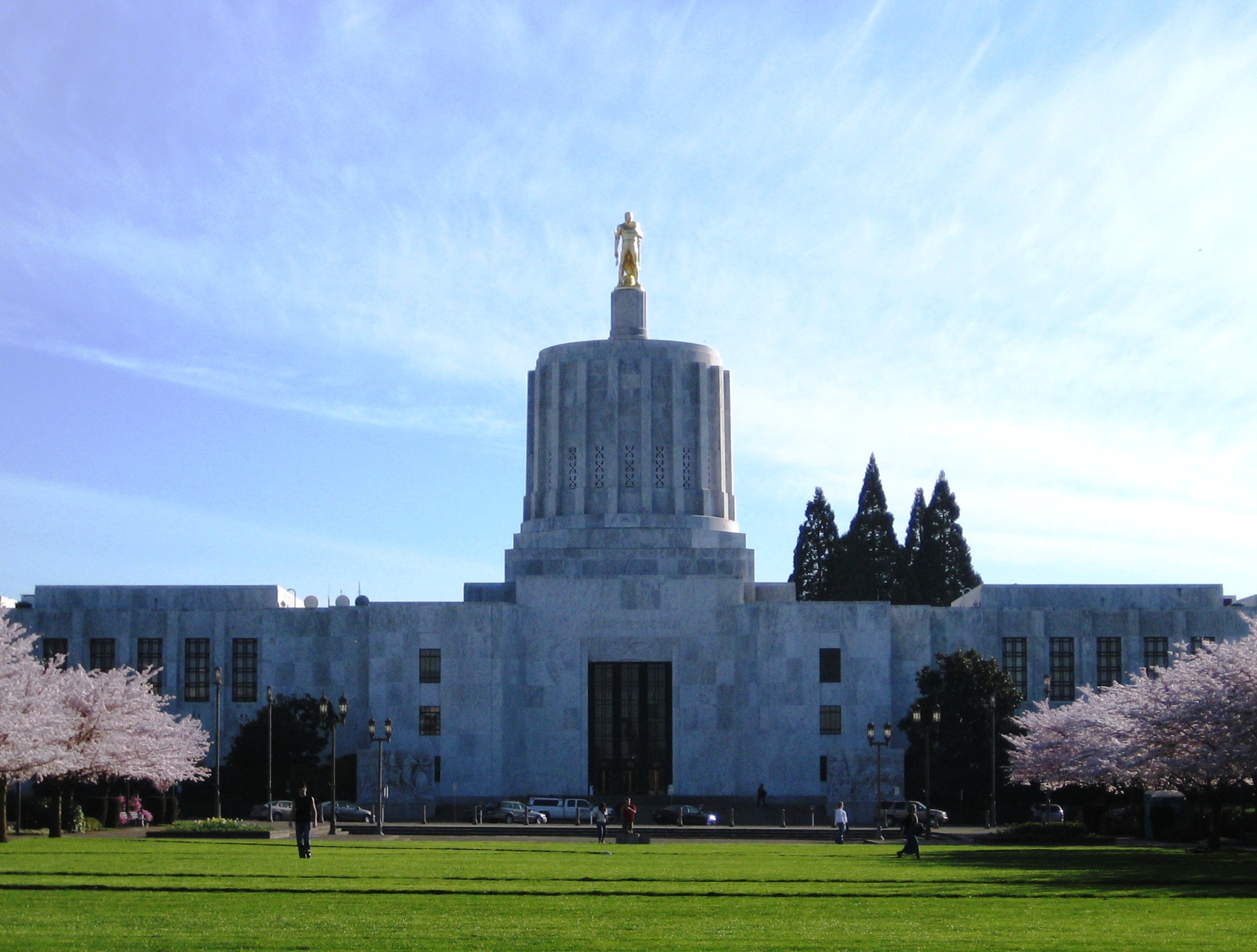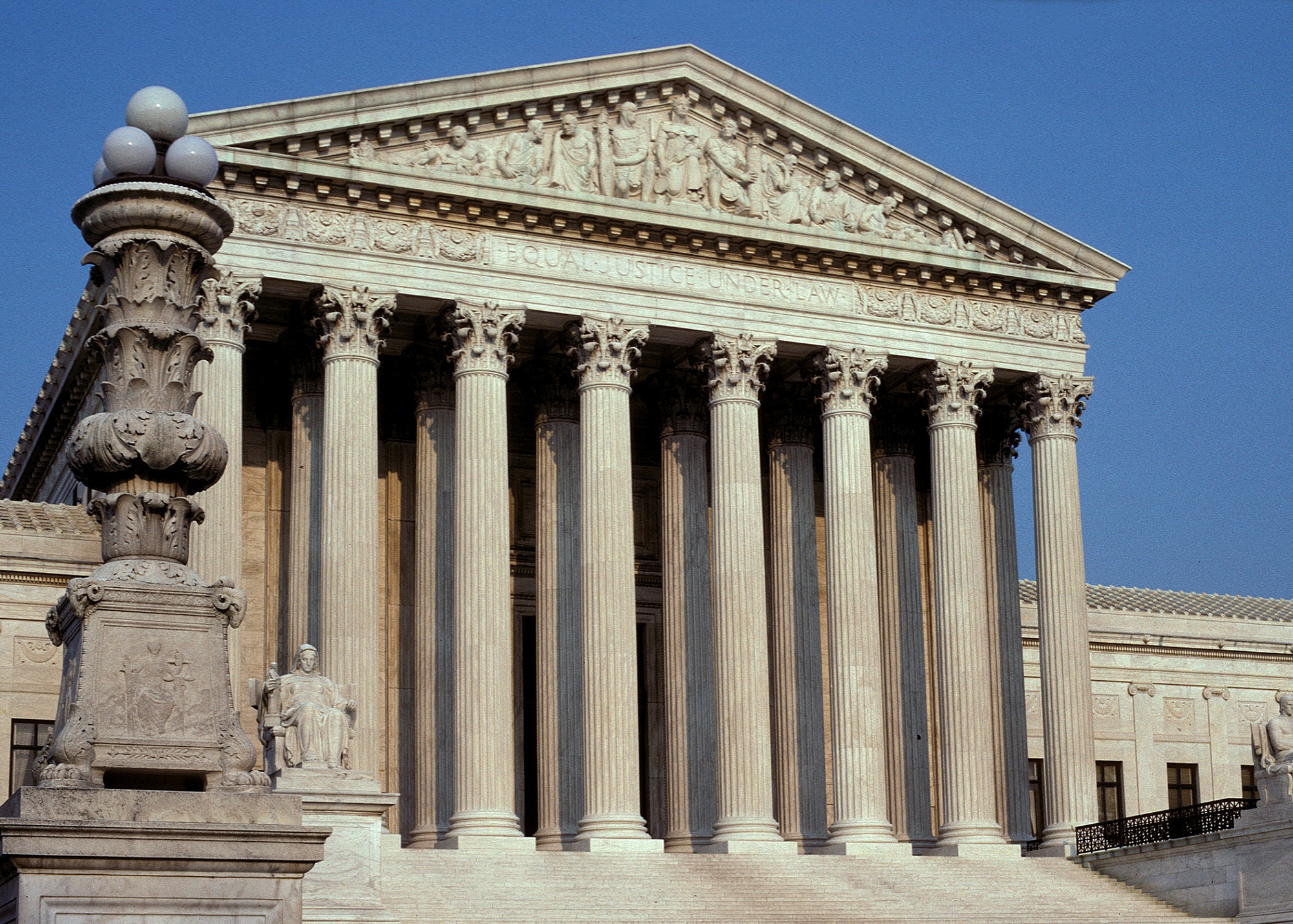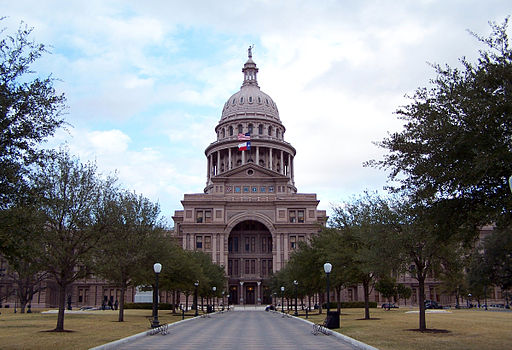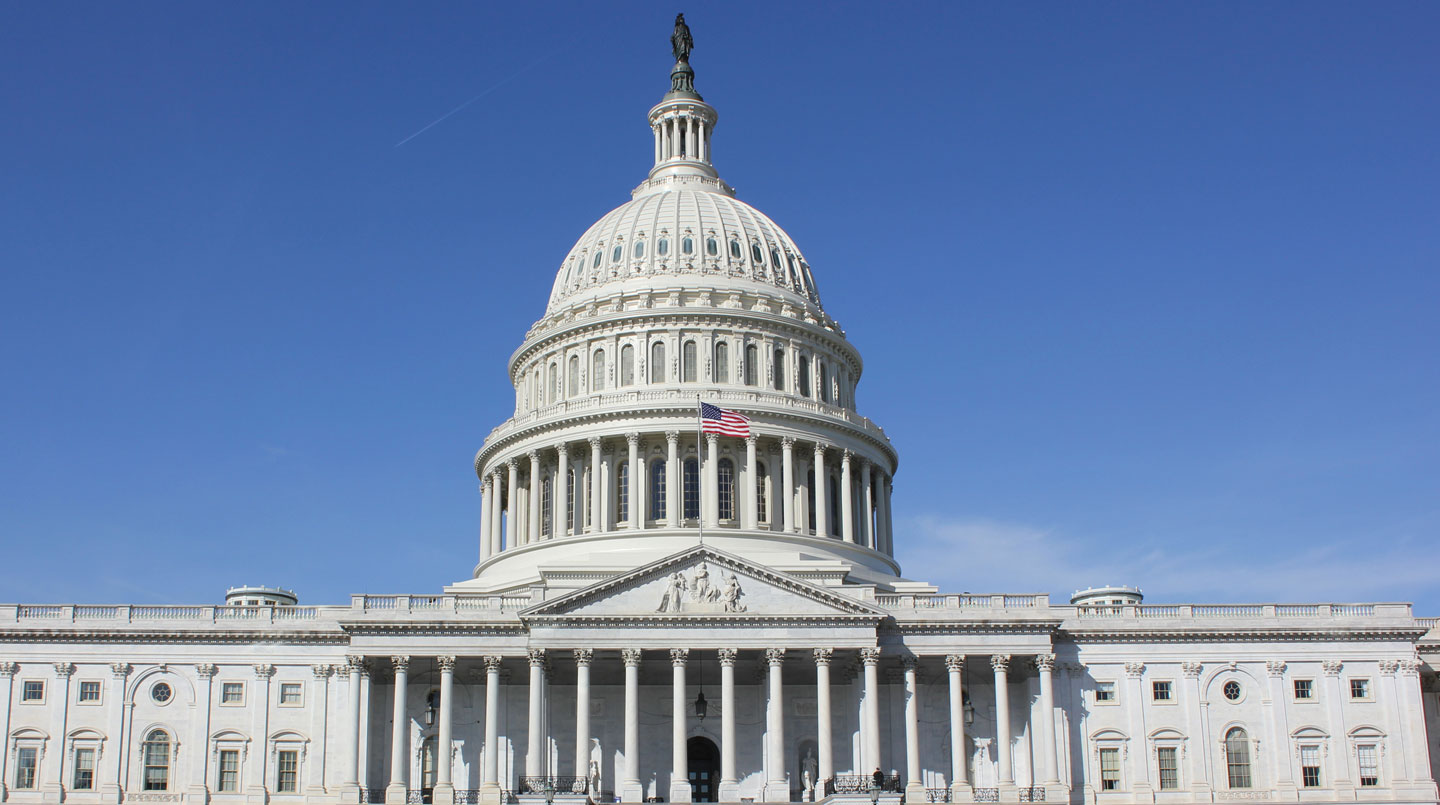Author: James McAllister
-
Oregon governor signs ESG investing law

Oregon Gov. Tina Kotek (D) signed the Climate Resilience Investment Act on June 26, directing the state’s $96 billion Public Employees Retirement System to study the effects of its investments on climate change and to “pursue the goal of reducing the carbon intensity of the fund.” The law is among the first to directly require…
-
States advance ESG-related bills

Four state legislatures took action on six ESG-related bills between June 17-23. Legislation in Ohio and Florida passed both chambers. Legislation in New Hampshire and North Carolina crossed over from one chamber to another. States with legislative activity on ESG last week are highlighted in the map below. Click here to see the details of…
-
Chevron deference overturned one year ago today

The U.S. Supreme Court’s June 28, 2024, decision in Loper Bright Enterprises v. Raimondo (consolidated with Relentless, Inc. v. Department of Commerce) eliminated Chevron deference. In a 6–3 ruling, the Court held that judges must independently interpret ambiguous federal statutes rather than defer to agency interpretations. The majority wrote that such deference violated the judiciary’s…
-
Texas governor considers bill requiring proxy advisor disclosures

The Texas legislature passed a bill on June 2 requiring proxy advisory firms to disclose when their shareholder vote recommendations at Texas-based companies incorporate ESG or other non-financial considerations. If Gov. Greg Abbott (R) signs the bill, it would become the first law of its kind and give Texas companies new legal recourse when proxy…
-
Texas comptroller removes BlackRock from boycott list

What’s the story? Texas Comptroller Glenn Hegar announced last week that his office removed BlackRock from the state’s list of firms barred from managing public investment funds over their treatment of fossil fuel companies. Hegar said BlackRock’s recent shift away from public ESG support made the firm eligible to do business with the state again.…
-
Federal government weighs in on Texas antitrust suit against Big Three

The U.S. Department of Justice and Federal Trade Commission filed a statement of interest last week in an 11-state, Texas-led lawsuit alleging BlackRock, State Street, and Vanguard colluded to suppress coal production, violating antitrust laws. The statement argued ESG-related coordination among asset managers could raise valid antitrust concerns. Republican-led, energy-producing states like Texas have long…
-
Anti-ESG bill dies in Texas House

A Texas bill that sought to shift the legal burden in shareholder lawsuits involving ESG policies failed in committee last week. The House Judiciary and Civil Jurisprudence Committee voted it down 9–1. If enacted, the bill would have been the first to make it easier for shareholders to challenge ESG-related decisions by requiring companies to…
-
House subcommittee addresses proxy advisory firms

The House Financial Services Subcommittee on Capital Markets held a hearing last week on proxy advisory firms, which guide institutional investors on how to vote their shares. Opponents say proxy firms promote ESG priorities in shareholder votes—especially Institutional Shareholder Services (ISS) and Glass Lewis, which control a combined 90% of the proxy advisory market. Critics…

